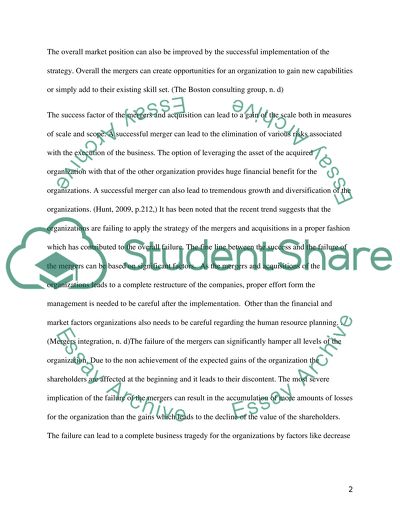Cite this document
(“Mergers and Acquisition Essay Example | Topics and Well Written Essays - 3000 words”, n.d.)
Retrieved from https://studentshare.org/finance-accounting/1437294-part-a-a-ychmergers-and-acquisitions-can-be-value
Retrieved from https://studentshare.org/finance-accounting/1437294-part-a-a-ychmergers-and-acquisitions-can-be-value
(Mergers and Acquisition Essay Example | Topics and Well Written Essays - 3000 Words)
https://studentshare.org/finance-accounting/1437294-part-a-a-ychmergers-and-acquisitions-can-be-value.
https://studentshare.org/finance-accounting/1437294-part-a-a-ychmergers-and-acquisitions-can-be-value.
“Mergers and Acquisition Essay Example | Topics and Well Written Essays - 3000 Words”, n.d. https://studentshare.org/finance-accounting/1437294-part-a-a-ychmergers-and-acquisitions-can-be-value.


